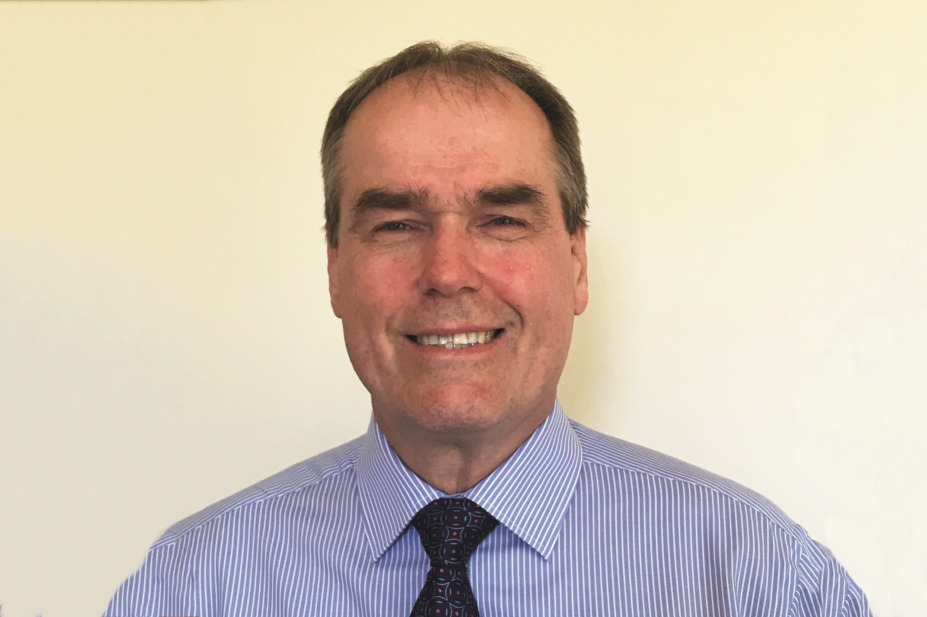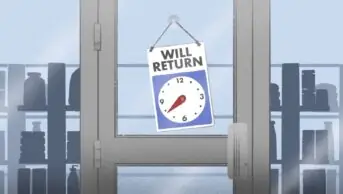
Courtesy of Garry Myers
More formalised integration between community pharmacies and general practice could increase GP appointment capacity by almost 10% and reduce A&E attendance rates by over 7%, according to the evaluation of a GP-pharmacy partnership scheme in South Yorkshire.
The report, published on 3 July 2018, says that using an integrated model of care, every four minutes of pharmacist time working with patients saved approximately two minutes of GP time.
In the first partnership of its kind in the UK, a formal shared care agreement was set up between Basegreen Pharmacy and Jaunty Springs Medical Practice in Sheffield to enable the pharmacy to provide support and enhance the existing GP model. The core ethos of the scheme was to ensure that any patient who could be managed in a community pharmacy should be referred there. The aim of the scheme was to reduce GP practice workload and improve patient experience.
In the report, which was co-authored by community pharmacist Garry Myers, who owns Basegreen Pharmacy and is an executive partner in Jaunty Springs Medical Practice, it was predicted that if every pharmacy in England emulated the scheme and provided just one day of clinical support to a GP surgery each week, it would release more than 18 million GP appointments per year.
Myers said the IT infrastructure required for the integrated care model to be rolled out across the country is already in place and no changes in legislation would be required to enable it.
“That’s one of the reasons we wrote the report,” he said, “because as far as we’re concerned, so long as we address the issues of data sharing, it could be farmed out across all community pharmacies now.”
Myers added that without support from the pharmacy, the surgery could have closed.
“The experience of working in this way was beneficial for Basegreen Pharmacy and Jaunty Springs Medical Practice, which may not have survived without this partnership, as it was being overwhelmed by the needs of the local population,” he explained.
“Community pharmacy is an untapped resource — we have already got existing patient-pharmacy team relationships which GPs are largely unable to harness.
“If we can bring our knowledge together with their knowledge in terms of looking after patients — that delivers results.”
The community pharmacists involved in the scheme had read/write access to the GP practice’s SystmOne from the pharmacy consultation room, enabling them to update the patient’s records in real time and share the information with the GP.
“Shared access to the clinical repository held by practices is key because it allows us to see information we wouldn’t otherwise be able to see, and allows us to help them to improve the overall clinical care to the patients that we jointly serve,” said Myers.
The pharmacists were involved in booking consultations with patients for the treatment of minor ailments and illnesses, coordination support for patients with long-term conditions, carrying out structured medication reviews and supporting older patients by undertaking home visits and support to patients in local care homes.
They also coordinated repeat prescriptions and led on the review and processing of discharge medicines.
According to the evaluation, commissioned as part of the National Pharmacy Association (NPA)’s Innovation Programme, 67% of pharmacist time was spent providing face-to-face direct consultation with patients and the remaining 33% of time was spent reviewing and updating patient care plans and pathways. In all instances, the community pharmacist was working alongside a pharmacy technician.
Nitin Sodha, chair of the NPA, said that under the NHS England Clinical Pharmacists in General Practice programme (CPGPP), there is one GP-based pharmacist for 30,000 patients. “In comparison, in Sheffield, the ratio was 1 community pharmacist for a practice population of 3,500, plus the added resource of the pharmacy support staff,” he said.
“Since NHS England has invested heavily in the CPGPP, there is surely a strong justification for investment in pharmacy-based schemes which deliver similar benefits but can cater for many more patients, conveniently and probably at lower cost.”
Simon Dukes, chief executive of the Pharmaceutical Services Negotiating Committee, said that the Sheffield model provided an excellent example of the many ways in which enabling community pharmacists to provide more care for patients could have a positive impact on GP practices.
“Integration of community pharmacy services with other healthcare providers is something that we will continue to support and work towards, and we very much hope to see examples of successful joint working like this becoming the norm, rather than the exception.”
The NPA board will now examine the specific policy recommendations made in the report, including the idea of developing template partnership agreements to underpin shared care between GPs and community pharmacists.


